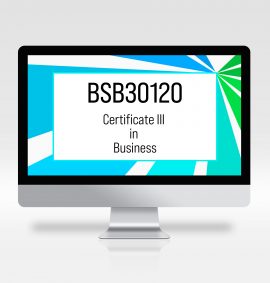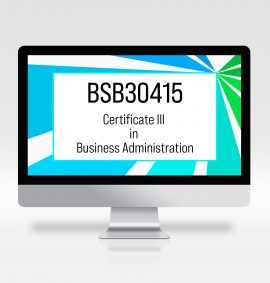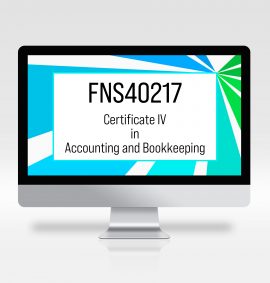How Great Communication Boosts your Business
High quality communication is key to the operation of a business. Not only does it help you create and maintain your customer base, but it also has an important impact internally, allowing staff to be on the same wavelength and working towards the same goals. In a modern business, methods of communication are quite diverse and each of them have their way of best being utilised. Communication is both verbal and non-verbal, what you say with your body language can be just as expressive as what you say with your words. While great communication can be extremely positive, bad communication can have just as big an impact, but certainly not in the way you would like.

Benefits of communicating
Quality communication increases the productivity of workers, as it makes them aware of what their goals are and how they play into the greater goals of the business. Management giving employees the information they require and vice versa, removes the need for the relevant party to waste time trying to find out the information on their own, also increasing efficiency and productivity. Good communication creates transparency within a business, which keeps everyone within it aware of what is going on and removes the possibility of employees feeling blindsided by decisions.

Communication skills
There are many skills involved to create and maintain a strong culture of communication within a business. Key skills for communication include active listening, maintaining eye contact, using positive and assertive body language, being mindful of different points of view and being respectful of them during conversation. Being able to recognise and understand non-verbal communication signals also plays a key role. Dressing appropriately, having an awareness of how others perceive you, and being self-confident are also positive communication attributes.
Another important skill is knowing the best types of questions to ask and when to ask them. The types of questions you use during business communications include open questions, closed questions, probing questions, confirmation questions, and summary confirmation questions. Open questions invite a person to expand and elaborate upon their answer, and to open their thoughts. Closed questions require a short and succinct answer, such as just a “yes” or “no”. Probing questions are used to narrow in on a specific answer that you may be after. Confirmation questions are asked when you need to ensure that the person or group you are speaking to have understood previous statements.
Finally, summary confirmation questions are asked by you when you would like to summarise the points made by the others involved in the communication. Types of questions to avoid include destructive questions, leading or manipulative questions, and asking a series of multiple questions.
Listening to what the other person is saying is just as important as what you are saying. This is referred to as active listening, which means engaging with what the other is saying both verbally and non-verbally. It is also important to not let your mind wander, lose eye contact and to start fidgeting in your seat. This indicates quite clearly to who you are communicating with that you are no longer listening or interested in what they are saying.

Directions of communication
There are four main types of communication used within a business. These are Upward communication, downward communication, lateral communication, and external communication. Upward communication comes from the employees to managers and then onwards to the owner. Direct communication between employees and their managers allows employees to feel valued, for issues to be identified quickly, and means that managers can respond swiftly to the needs of their employees.
Downward communication originates from the management/leadership of a business and flows down through to the employees. With this form of communication, it is easier to delegate tasks and responsibilities, managers feel able to take on authority, and the policies and procedures of the business can be upheld more easily. The negatives of this form of communication are that the information can be come muddied as it progresses down the chain and can make employees feel unrecognised and unimportant because they are unable to have their say.
Lateral communication occurs between departments and managers who are of equal status within a business. Strong lateral communication enables efficient interdepartmental cooperation, creates a sense of wellbeing for employees, and can be used to resolve disagreements and conflict quickly. At the same time, negatives of lateral communication include a more casual culture within the business which can lead to unprofessionalism and can create animosity between departments if other more authoritative communication lines are not in place as well.
Lastly, external communication is directed from the business to its customers and clients. High quality external communication creates strong relationships with customers, gives the business a positive image to potential customers, and can be utilised to give a new product or service strong and effective exposure. On the other hand, bad external communication can sink the new product as fast as it was launched, the wrong sort of messaging can alienate certain groups of people and can cause the business to lose customers.

Mediums of communication
Business communication also encompasses many sorts of written or graphic communications. These describe company policies and procedures, job descriptions, and set out the duties of various employees. Common mediums of communication include emails, memos, posters or leaflets, weekly newsletters, telephone, and through oral presentations that utilise visual aids. Communicating with customers can be done through many of the same ways but it also depends on the target demographic that you are communicating to. For example, how you would communicate with middle aged men would be completely different to the way you would communicate with teenage girls. It is important to recognise that choosing the right medium can be pivotal in the success of a marketing strategy or attempting to launch a new product or service.

Final word
Without well articulated and executed communication, businesses will struggle to function both internally and with their customers and clients. Balancing the different directions that communication can take while also maintaining transparency is key. Knowing what to ask and when while also understanding the correct time to listen attentively is also vital. With the world being so interconnected and open, making your voice the loudest and clearest will go a long way to being successful in the business world.










